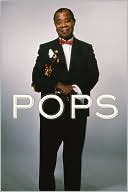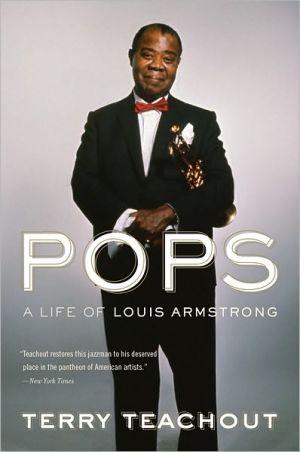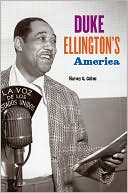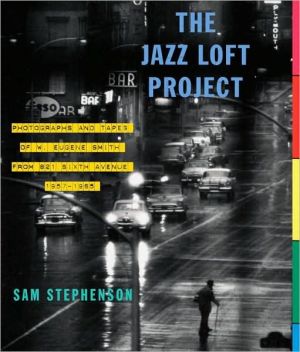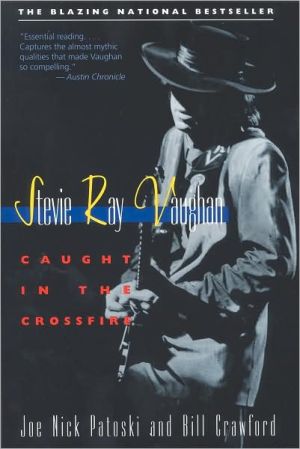Lightnin' Hopkins: His Life and Blues
By the time of his death in 1982, Sam “Lightnin’” Hopkins was likely the most recorded blues artist in history. This brilliant new biography--the first book ever written about him--illuminates the many contradictions of the man and his myth.\ Born in 1912 to a poor sharecropping family in the cotton country between Dallas and Houston, Hopkins left home when he was only eight years old with a guitar his brother had given him....
Search in google:
By the time of his death in 1982, Sam “Lightnin’” Hopkins was likely the most recorded blues artist in history. This brilliant new biography—the first book ever written about him—illuminates the many contradictions of the man and his myth. Born in 1912 to a poor sharecropping family in the cotton country between Dallas and Houston, Hopkins left home when he was only eight years old with a guitar his brother had given him. He made his living however he could, sticking to the open road, playing the blues, and taking odd jobs when money was short. This biography delves into Hopkins’s early years, exploring the myths surrounding his meetings with Blind Lemon Jefferson and Texas Alexander, his time on a chain gang, his relationships with women, and his lifelong appetite for gambling and drinking. Hopkins didn’t begin recording until 1946, when he was dubbed “Lightnin’” during his first session, and he soon joined Muddy Waters and John Lee Hooker on the national R & B charts. But by the time he was “rediscovered” by Mack McCormick and Sam Charters in 1959, his popularity had begun to wane. A second career emerged—now Lightnin’ was pitched to white audiences, not black ones, and he became immensely successful, singing about his country roots and injustices that informed the civil rights era with a searing emotive power. More than a decade in the making, this biography is based on scores of interviews with Lightnin’s lover, friends, producers, accompanists, managers, and fans. Library Journal In this first full-length biography of the prolific and influential blues icon Sam "Lightnin'" Hopkins, Texas blues expert Govenar, author of the encyclopedic Texas Blues: Rise of a Contemporary Sound, presents important new research and employs neglected primary sources to offer an accessible critical analysis of Hopkins's artistic achievement buttressed by generous quotations from his lyrics. Hopkins, a guarded individual who lived most of his life in Houston's Third Ward, left a murky trail that Govenar follows with an admirable skepticism. The incarcerations of Hopkins's youth remain a mystery, with his scarred ankles the only concrete evidence of his chain-gang experience. His better-documented later years are highlighted by his rediscovery (a misnomer, as he recorded from the late 1940s onward without break) by blues enthusiasts whose treatment of him ranged from idolatrous to shameful. VERDICT This first biography of an important figure in blues history is an essential purchase for anyone interested in American popular music or African American culture.—John Frank, Los Angeles P.L.
\ Library JournalIn this first full-length biography of the prolific and influential blues icon Sam "Lightnin'" Hopkins, Texas blues expert Govenar, author of the encyclopedic Texas Blues: Rise of a Contemporary Sound, presents important new research and employs neglected primary sources to offer an accessible critical analysis of Hopkins's artistic achievement buttressed by generous quotations from his lyrics. Hopkins, a guarded individual who lived most of his life in Houston's Third Ward, left a murky trail that Govenar follows with an admirable skepticism. The incarcerations of Hopkins's youth remain a mystery, with his scarred ankles the only concrete evidence of his chain-gang experience. His better-documented later years are highlighted by his rediscovery (a misnomer, as he recorded from the late 1940s onward without break) by blues enthusiasts whose treatment of him ranged from idolatrous to shameful. VERDICT This first biography of an important figure in blues history is an essential purchase for anyone interested in American popular music or African American culture.—John Frank, Los Angeles P.L.\ \

